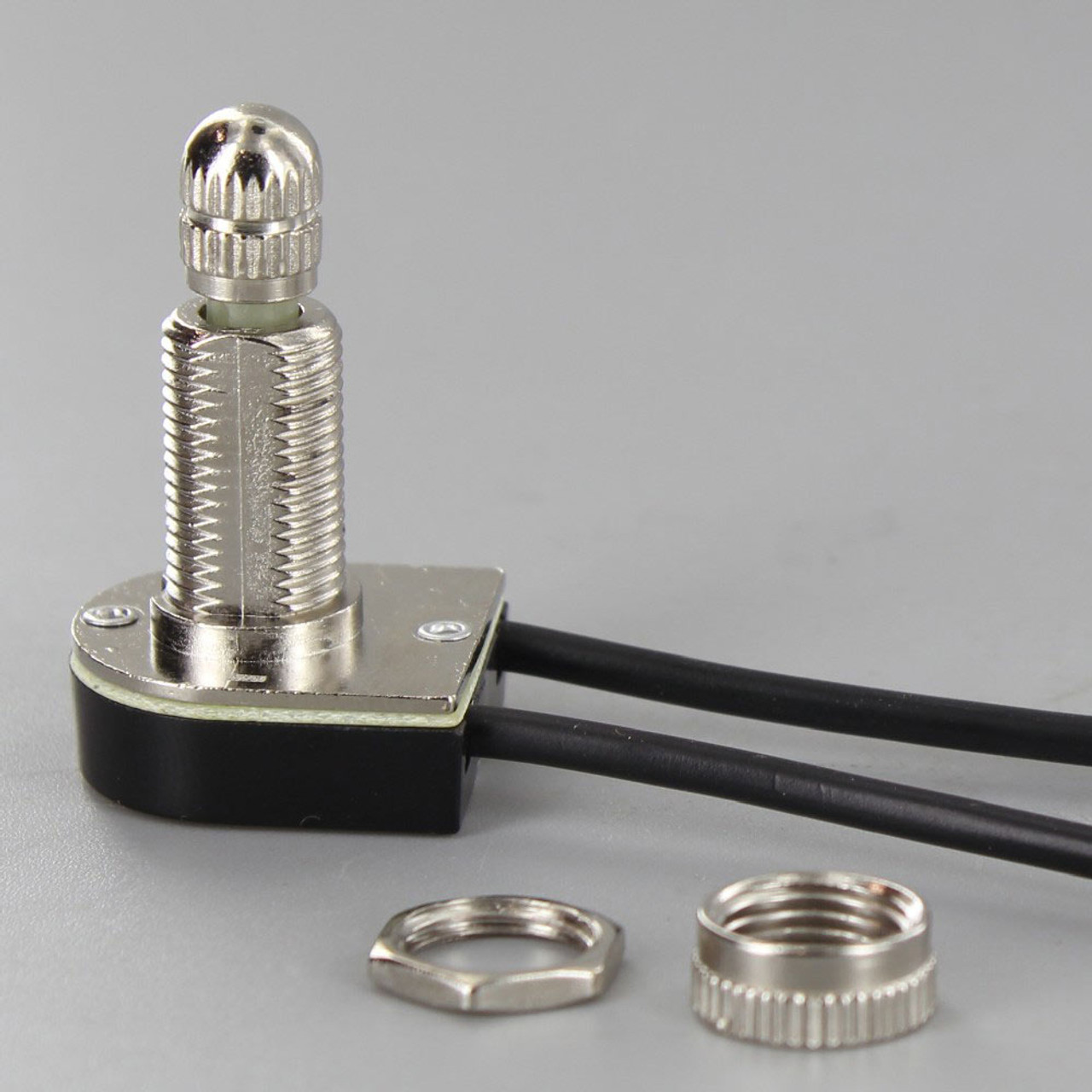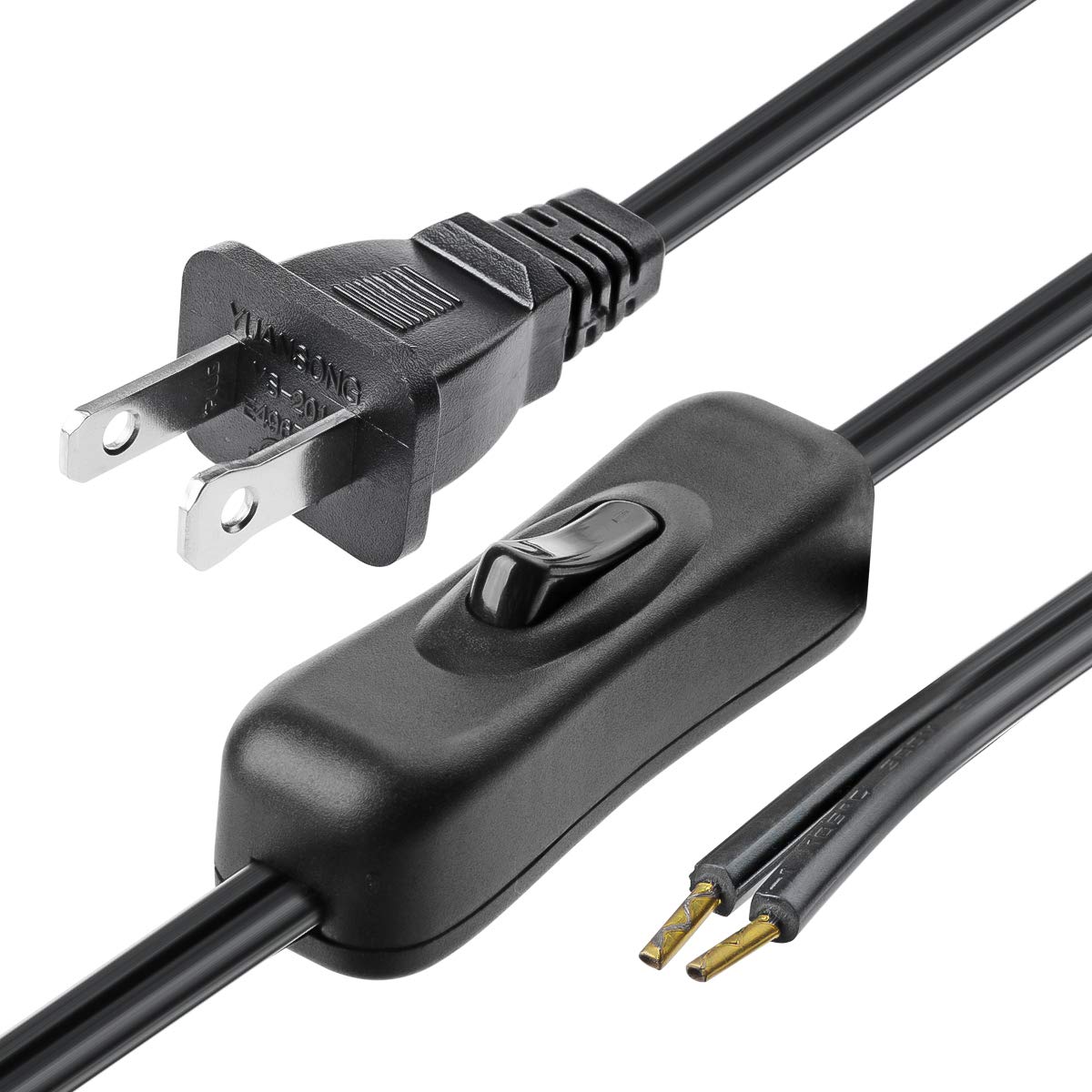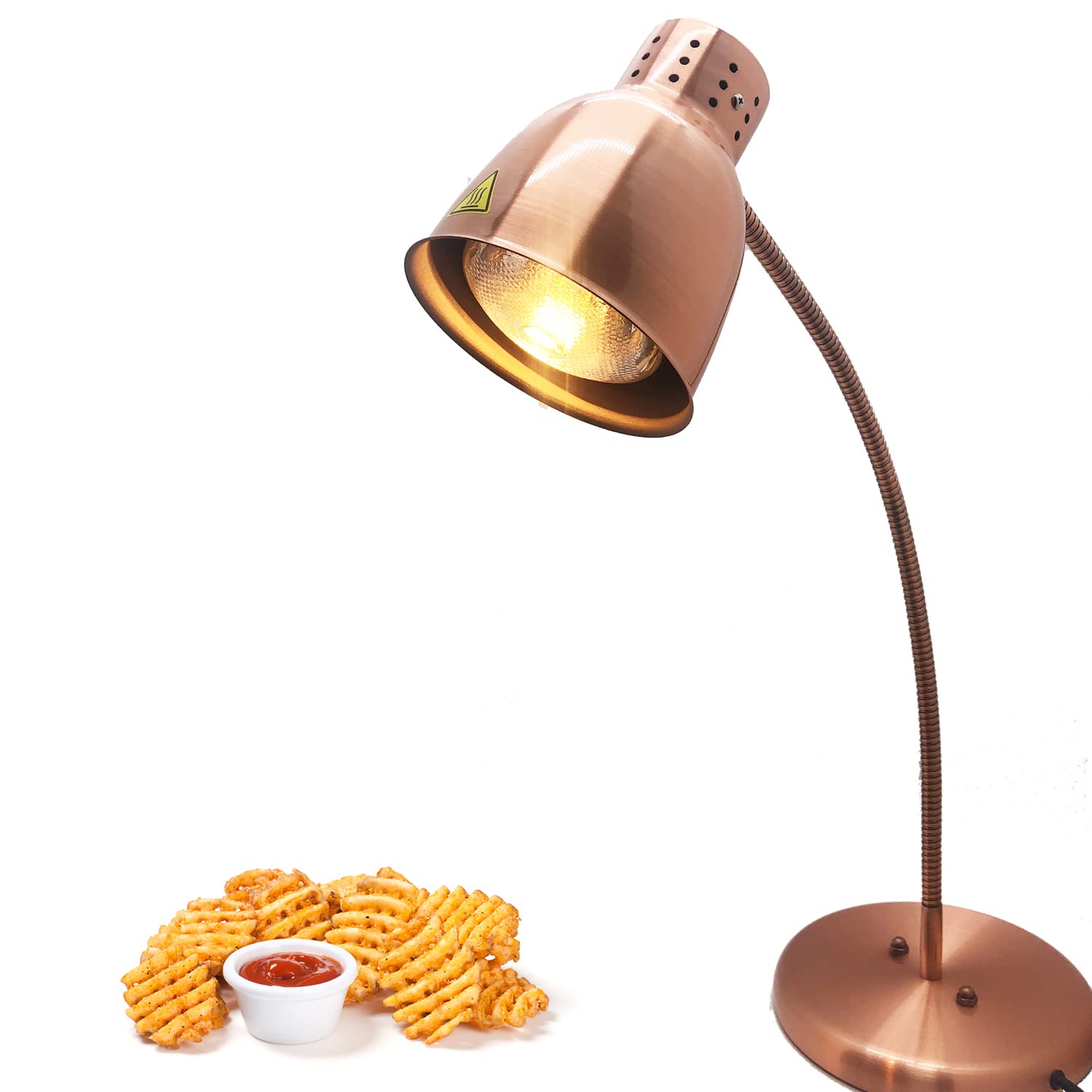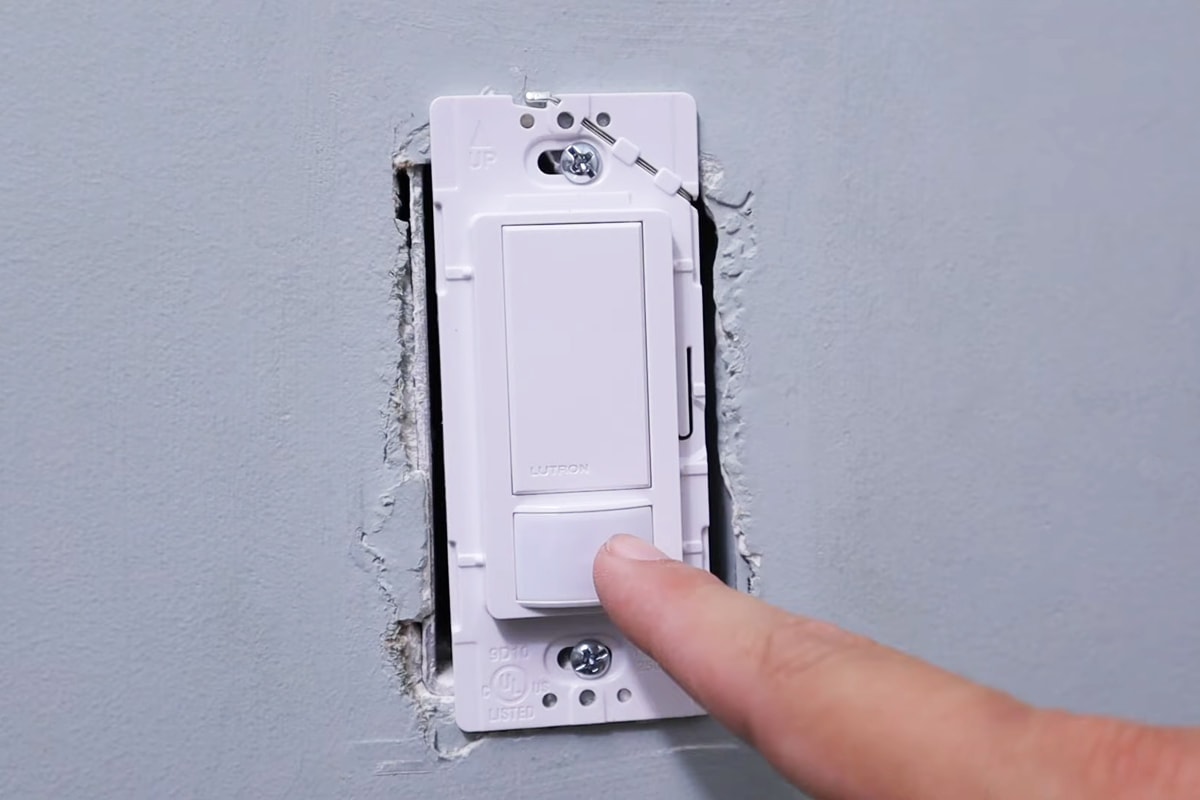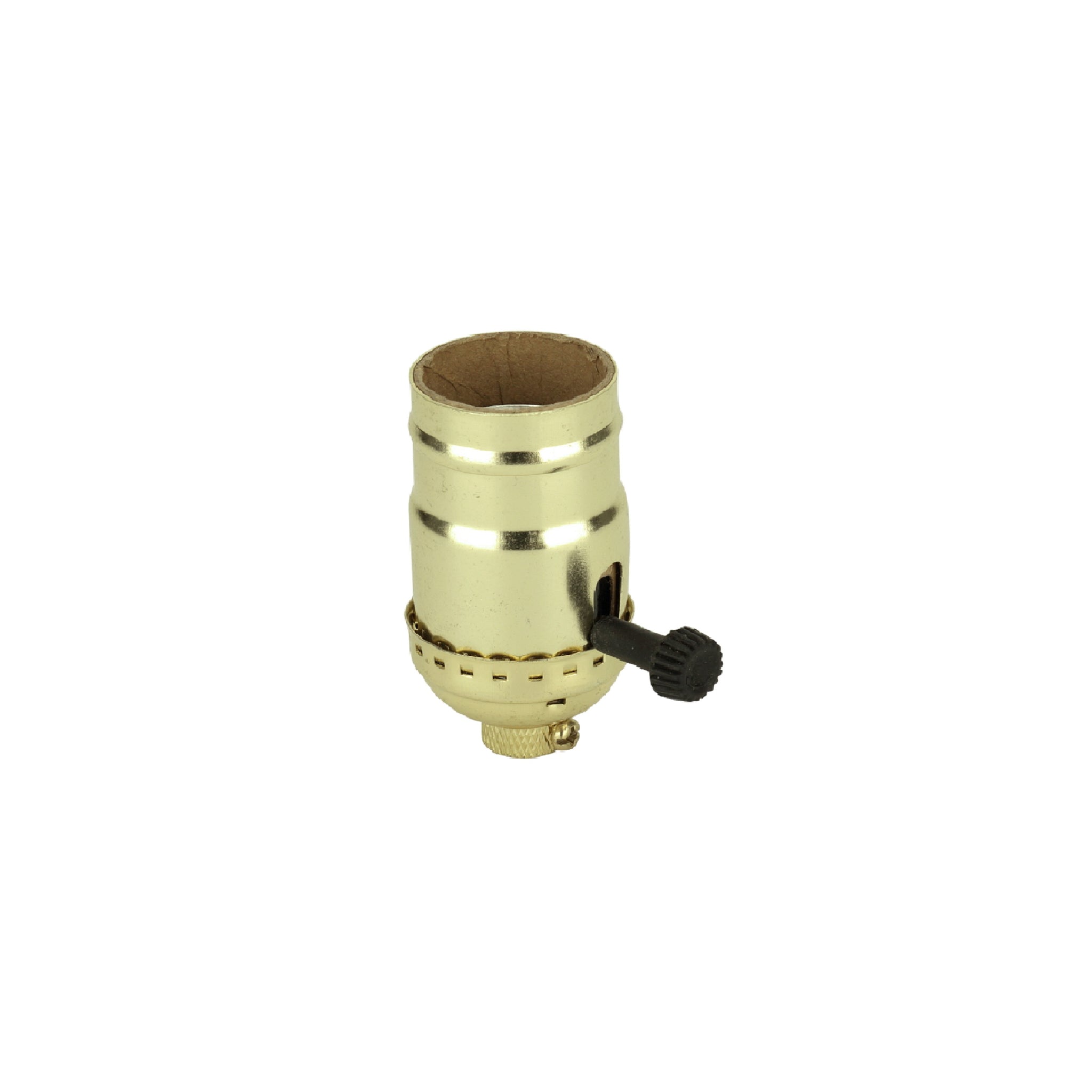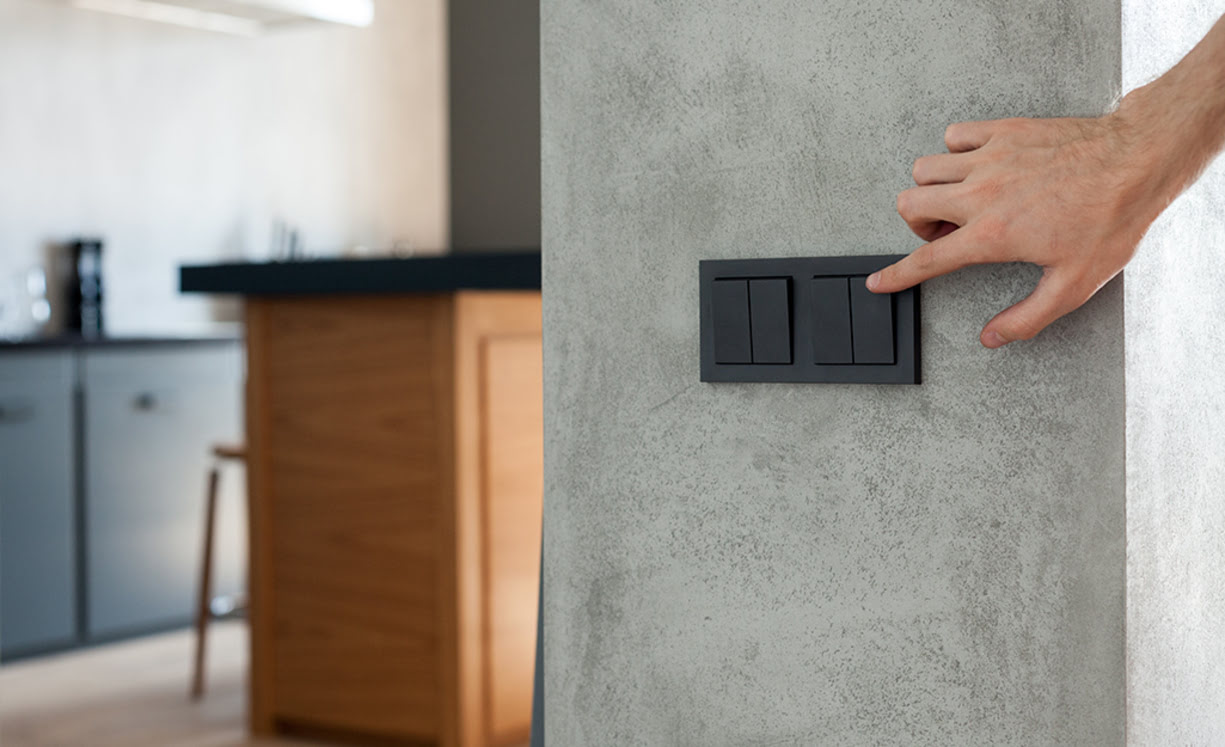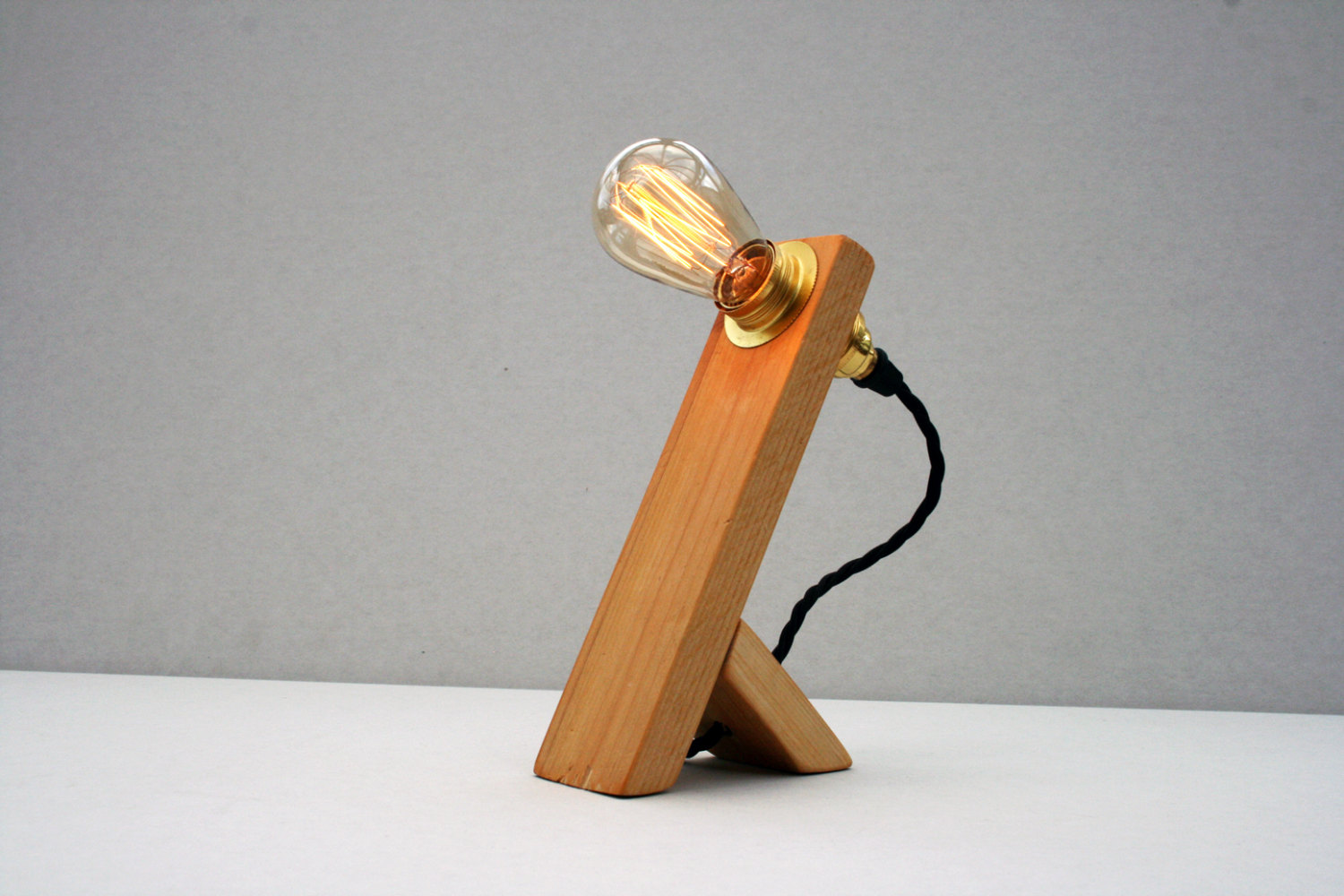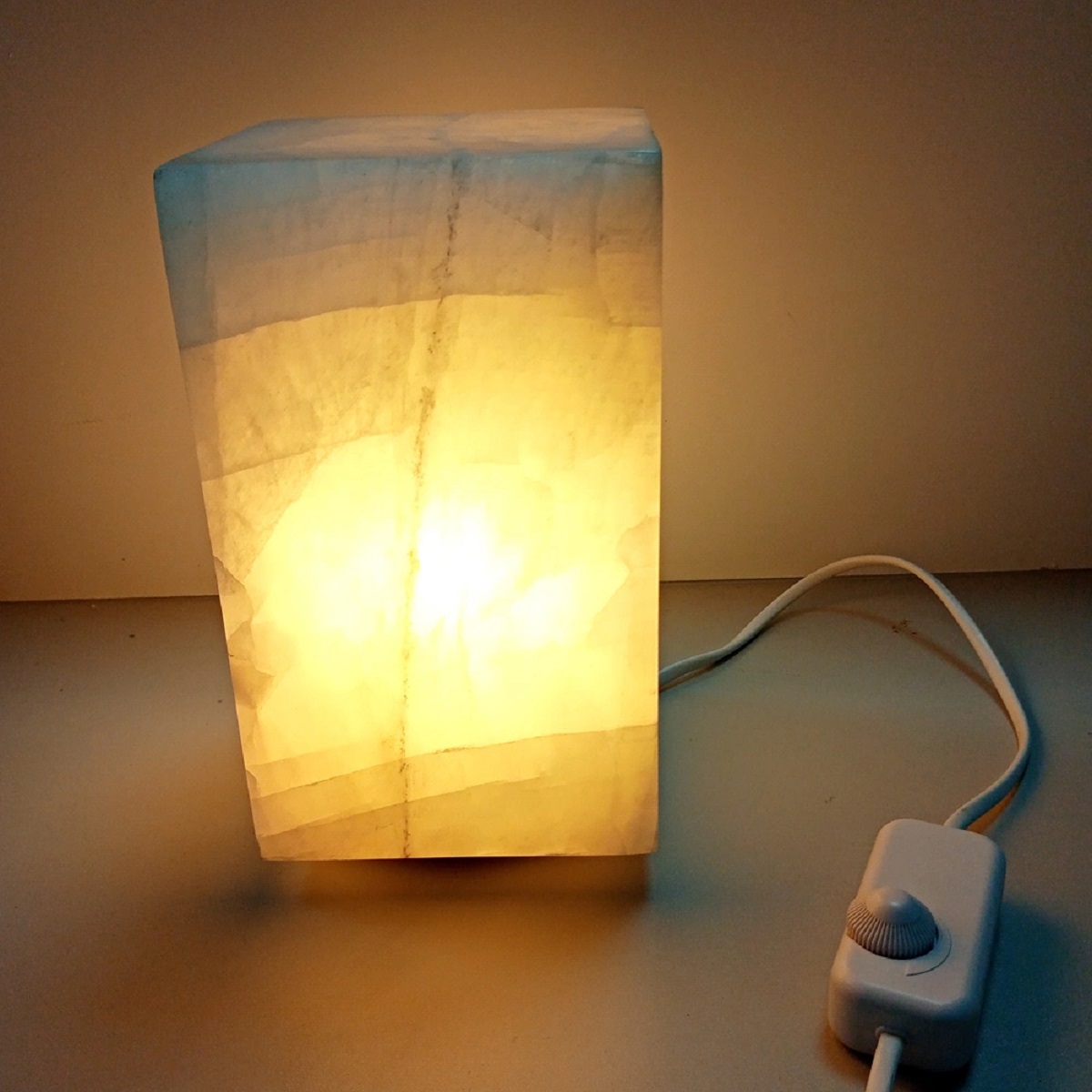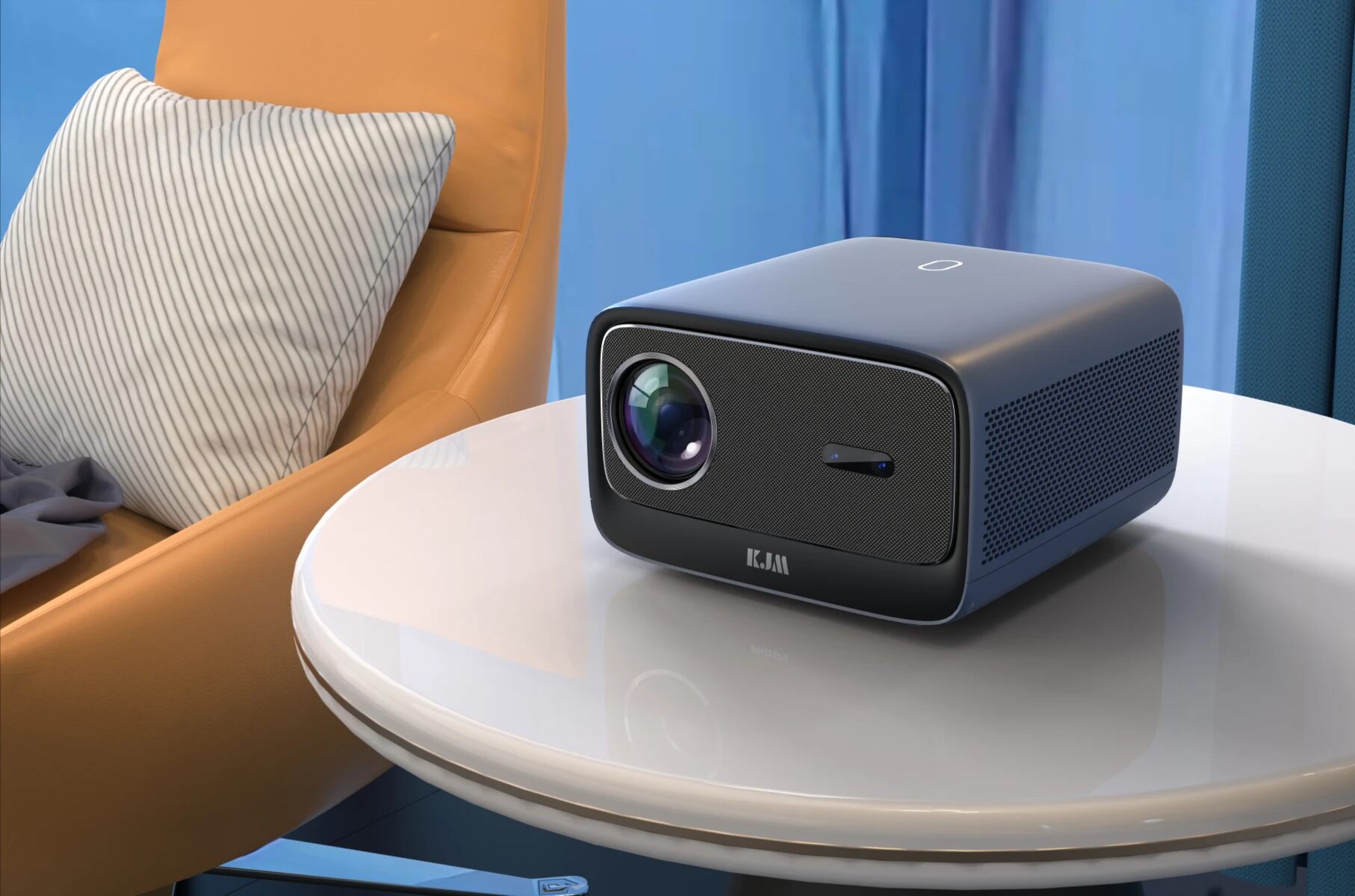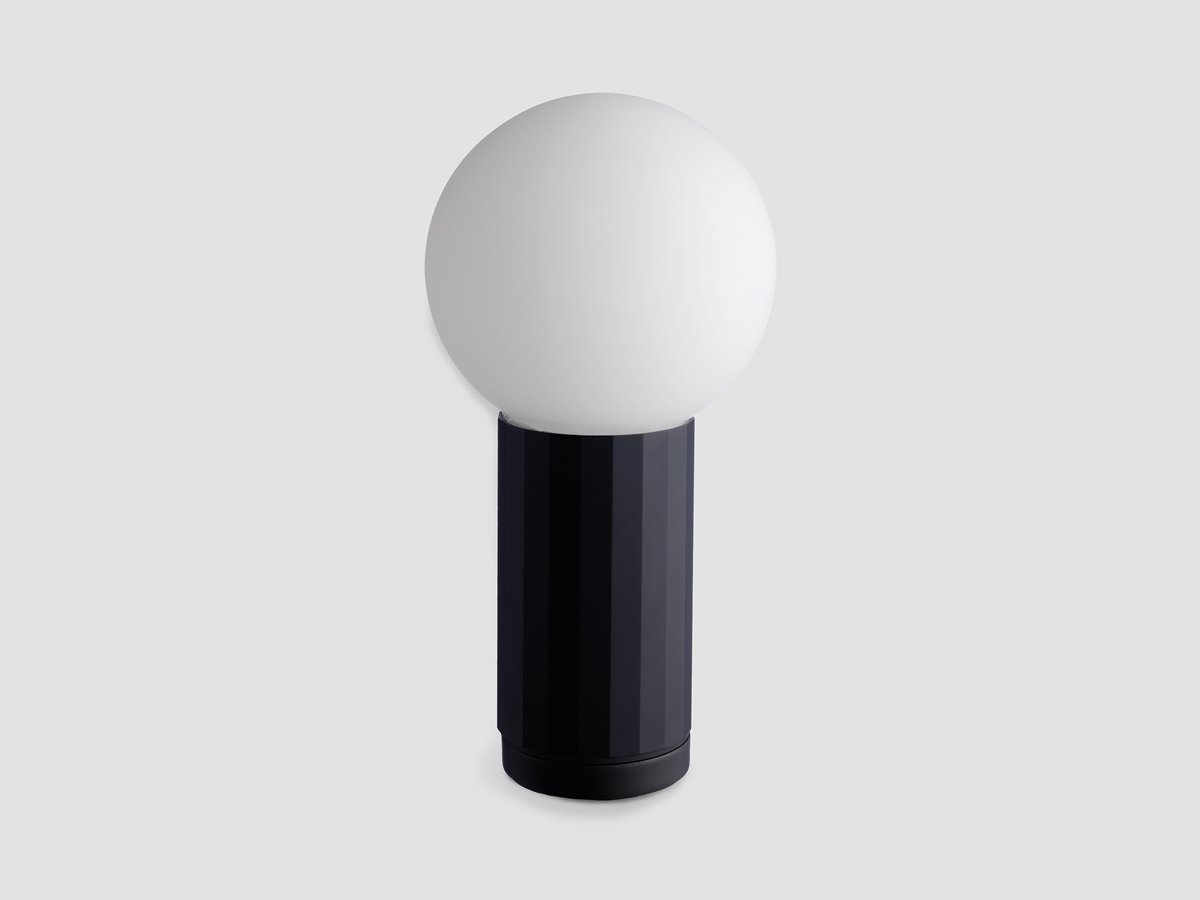

Furniture
How To Turn On A Lamp Without Switch
Modified: May 6, 2024
Learn how to turn on a lamp without using a switch with our innovative furniture solutions. Say goodbye to traditional switches and embrace a more convenient and stylish way to illuminate your space.
(Many of the links in this article redirect to a specific reviewed product. Your purchase of these products through affiliate links helps to generate commission for Storables.com, at no extra cost. Learn more)
Introduction
Welcome to the fascinating world of lamps and lighting! Lamps play a vital role in our everyday lives, providing us with the light we need to illuminate our homes and create a cozy ambiance. But what if you find yourself in a situation where you need to turn on a lamp without a switch?
Whether you encounter a power outage, have a faulty switch, or simply want to explore alternative ways for operating your lamp, fear not! In this article, we will explore several methods that will enable you to turn on a lamp without a switch. From pull-cord to touch-activated lamps, to remote-controlled and motion-activated lamps, and even the wonders of smart home automation – we’ve got you covered.
So, without further ado, let’s dive into these ingenious ways to light up your lamp!
Key Takeaways:
- Embrace the versatility of lamp control with pull-cord, touch-activated, remote-controlled, motion-activated, and smart home automation methods. From traditional to high-tech, there’s a solution for every lighting need and preference.
- Explore the world of innovative lamp control methods, from the tactile charm of pull-cord lamps to the futuristic convenience of smart home automation. Find the perfect lighting solution to suit your style and needs.
Read more: How To Fix A Lamp Switch
Method 1: Pull-cord or chain lamps
Pull-cord or chain lamps are a classic and reliable option for turning on a lamp without a switch. These lamps feature a small metal or plastic chain attached to the socket housing, which allows you to control the lamp with a simple tug. Here’s how it works:
- Locate the metal or plastic chain hanging down from the socket housing or lamp base.
- Hold onto the chain firmly and give it a gentle pull downwards.
- As you pull the chain, you will feel a slight resistance, and the lamp will turn on.
- Release the chain to turn off the lamp.
Pull-cord lamps are commonly used for bedside lamps or standing lamps, providing an easy and convenient way to control the light. They are a popular choice for people who prefer a traditional and tactile method of turning on their lamps.
With pull-cord or chain lamps, you have the added advantage of adjusting the brightness or turning off the light completely by adjusting the length of the chain. Simply give the chain a longer or shorter pull to control the light output.
It’s important to note that some lamps may feature a spring-loaded mechanism, where the chain automatically rewinds into the socket housing after pulling. In such cases, gently release the chain, and it will retract back into place.
So, if you find yourself in a room with a pull-cord or chain lamp, just grab the chain, give it a swift tug, and let there be light!
Method 2: Touch-activated lamps
If you’re looking for a more modern and convenient way to turn on a lamp without a switch, touch-activated lamps are the perfect solution. These lamps utilize touch-sensitive technology to control the light with a simple touch of your hand. Here’s how they work:
- Place the lamp on a stable surface within reach.
- Make sure the lamp is connected to a power source.
- Touch any part of the lamp body, such as the base or the stem, with your hand or fingers.
- The lamp will turn on or off depending on the number of touches or the duration of the touch.
Touch-activated lamps are designed with built-in sensors that detect the electrical conductivity of your skin when you touch the lamp. This triggers the lamp to switch on or off accordingly. These lamps often feature different touch modes, such as single touch for on/off or multiple touches for adjusting brightness levels.
One of the advantages of touch-activated lamps is their simplicity and ease of use. There are no buttons or switches to fumble with – just a gentle touch is all it takes to control the light. Additionally, touch lamps often have a sleek and modern design, making them a stylish addition to any room.
However, it’s important to note that touch-activated lamps may require a specific sensitivity level to function properly. Some lamps have a touch sensitivity adjustment feature, allowing you to customize the response according to your preference.
So, if you have a touch-activated lamp on your bedside table or desk, just reach out and touch it to enjoy instant illumination in a truly effortless way!
Method 3: Remote-controlled lamps
If you’re a fan of convenience and enjoy the idea of controlling your lamps from a distance, then remote-controlled lamps are the perfect choice for you. With the use of a remote control, you can turn on or off your lamp with just a press of a button. Here’s how it works:
- Ensure that the lamp is plugged into a power source.
- Make sure the lamp is equipped with a remote control receiver.
- Keep the remote control within the range specified by the manufacturer (usually a few meters).
- Press the designated ON or OFF button on the remote control.
- The lamp will respond accordingly and turn on or off.
Remote-controlled lamps typically come with a handheld remote control that communicates wirelessly with the lamp’s receiver. The transmitter in the remote control sends a signal to the receiver, triggering the lamp to turn on or off. Some remote controls may also feature additional functions, such as dimming the light or changing the color temperature.
Remote-controlled lamps offer convenience and flexibility, allowing you to control multiple lamps simultaneously or adjust lighting settings without having to physically reach for each lamp. They are particularly useful for larger rooms or spaces where the lamps are spread out. Additionally, remote controls often have a compact and ergonomic design, making them easy to handle and operate.
It’s important to ensure that the remote control and lamp are compatible. Some lamps come with their own proprietary remote controls, while others can be paired with universal remote controls that can synchronize with multiple devices.
So, if you want to take control of your lamps from the comfort of your couch or bed, invest in a remote-controlled lamp and let the power of technology illuminate your space!
If the lamp has a metal base or frame, you can use a small metal object, such as a paperclip, to bridge the gap between the metal base and the metal contact at the bottom of the light bulb to complete the circuit and turn on the lamp.
Method 4: Motion-activated lamps
Imagine a lamp that turns on automatically as soon as you enter a room and turns off when there’s no movement detected. That’s the magic of motion-activated lamps! These lamps are equipped with motion sensors that detect movement and trigger the light to turn on or off. Here’s how they work:
- Place the motion-activated lamp in the desired location.
- Ensure the lamp is connected to a power source.
- Activate the motion sensor by flipping the switch or button, usually located on the lamp’s base or body.
- Whenever you enter the sensor’s range, the lamp will automatically turn on. It will remain on as long as there is continued movement within the sensor’s range.
- Once the sensor no longer detects any movement for a specific period of time (usually a few minutes), the lamp will turn off automatically.
Motion-activated lamps are a fantastic solution for areas where you need light only when someone is present, such as hallways, closets, or outdoor spaces. They provide convenience and energy efficiency, as the light is only used when needed.
These lamps typically utilize passive infrared (PIR) sensors, which detect the infrared radiation emitted by our bodies. When the sensor detects a change in the heat signature, such as someone entering or exiting a room, it triggers the lamp to turn on or off accordingly.
It’s important to position the motion-activated lamp strategically to ensure effective detection. Avoid placing the lamp in areas with direct airflow or near heat sources, as these can interfere with the sensor’s accuracy. Additionally, consider the sensitivity and range of the motion sensor, ensuring it covers the desired area without any blind spots.
So, if you want a hands-free lighting experience that responds to your presence, motion-activated lamps are the perfect choice. Just walk into a room, and the lamp will light your way!
Read more: How To Connect A Lamp To A Switch
Method 5: Smart home automation
If you’re looking for the ultimate in convenience and control, smart home automation is the way to go. With the help of smart devices and voice assistants, you can seamlessly integrate your lamps into your smart home ecosystem. Here’s how it works:
- Set up a smart hub or smart home system that supports lamp integration.
- Connect your lamp to a smart plug or smart bulb compatible with your smart home system.
- Pair your smart home system with a voice assistant, such as Amazon Alexa or Google Assistant.
- Once everything is set up, you can control your lamp using voice commands or through a smartphone app.
Smart home automation allows you to turn on or off your lamp with a simple voice command, such as “Hey Google, turn on the living room lamp.” You can also dim the light, change colors (if you have a smart color bulb), and even schedule lighting scenes to create different moods throughout the day.
Smart home automation offers a wide range of possibilities beyond just controlling lamps. You can integrate your lighting with other smart devices, such as motion sensors, door sensors, or even your home security system. For example, you can set up your lamps to turn on automatically when you enter the house or synchronize the lighting with your alarm system for added security.
It’s important to ensure compatibility between your smart home system and the lamps or smart devices you intend to use. Most smart home systems support popular protocols like Zigbee or Z-Wave and offer a wide range of compatible devices to choose from. You may also need to set up routines or scenes within your smart home system to customize the behavior of your lamps.
So, if you’re ready to embrace the future of home automation, invest in a smart home system and take control of your lamps with just your voice or a tap on your smartphone. Sit back, relax, and let your lamps adapt to your needs!
Conclusion
Turning on a lamp without a switch may seem like a challenge, but with the various methods we’ve explored, you can easily bring light into any room or space. From the simplicity of pull-cord or chain lamps to the modern convenience of touch-activated lamps, the convenience of remote-controlled lamps, the hands-free operation of motion-activated lamps, and the endless possibilities of smart home automation – there’s a solution to suit everyone’s preferences and needs.
Whether you prefer a traditional and tactile approach or you’re drawn to the power of technology, these methods offer you flexibility and control over your lighting. They allow you to create the perfect ambiance, set the mood, and enhance the functionality of any room in your home.
It’s important to consider the compatibility and features of each method before making a choice. Take into account factors such as the location of the lamp, the overall design aesthetic, and your desired level of convenience to select the method that best suits your specific requirements.
Remember, the world of lamps and lighting is ever-evolving, and new innovations are introduced regularly. Stay curious and explore new possibilities to enhance your lighting experience.
So, the next time you find yourself without a switch, simply reach for the pull-cord, touch the lamp, grab the remote control, trigger the motion sensor, or utter a command to your smart home assistant. Let the light shine and bring warmth and illumination to your space!
Interested in more ways to modernize your home with cutting-edge gadgets? Dive into our detailed guide on remote control, featuring ceiling fans that operate effortlessly. These fans promise not only comfort but also a chic aesthetic and reduced energy usage, making them a smart choice for any modern household. For those who enjoy the convenience of technology, our home automation article is a must-read. Discover setups that can transform your daily living into a seamless and more efficient experience.
Frequently Asked Questions about How To Turn On A Lamp Without Switch
Was this page helpful?
At Storables.com, we guarantee accurate and reliable information. Our content, validated by Expert Board Contributors, is crafted following stringent Editorial Policies. We're committed to providing you with well-researched, expert-backed insights for all your informational needs.
